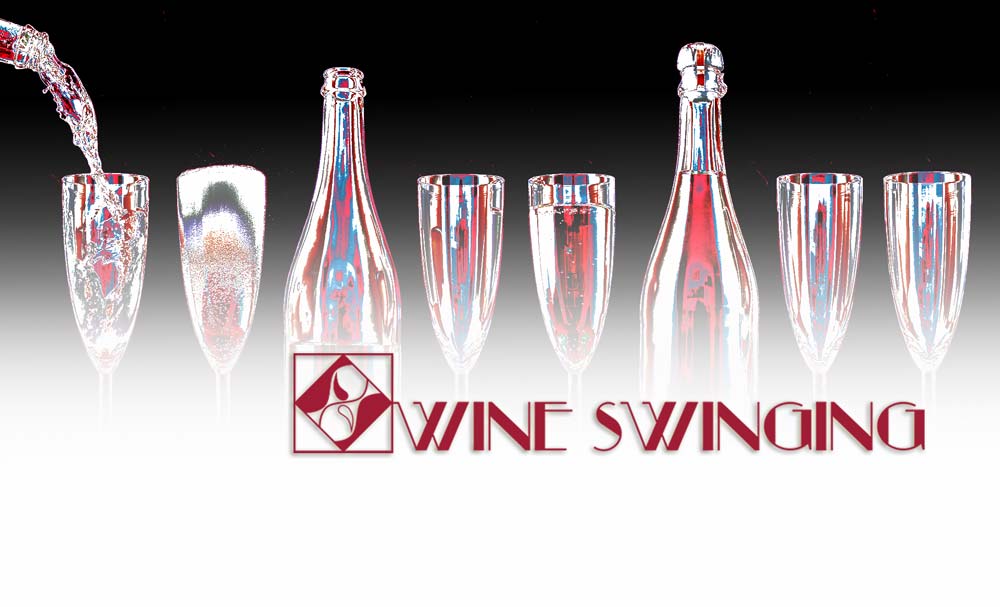As fans of Italian food, we’re always game to try it at new places. La Bottega di Finestra is among Prague’s top Italian restaurants; we had to try it.
When we walked a couple of steps to our table, we already noticed that despite being a bistro, the restaurant has some fine restaurant features. How we were greeted at the door made us feel very comfortable. After all, it was our second day in the country we visited for the first time.
The Service
The wine list looked promising. We found many exciting choices but wanted a perfect pairing for the entries we already picked. Usually, we rely on the restaurant’s knowledgeable staff for recommendations. They know their flavors better than us, especially if we visit the restaurant for the first time. The restaurant manager of La Bottega di Finestra spent lots of time helping us choose a bottle of wine we would like. In fact, we loved the wine (see the tasting notes below).

La Bottega di Finesta Food
The first rather unusual discovery was beef tartar (not an Italian dish, precisely). Still, it sounded too tempting to pass.
In high-end American restaurants, beef tartar is typically very thinly sliced beef. To our surprise, it’s a bistro-style chopped beef in Europe. The unobstructed rich beef flavors were great. Still, we felt sliced beef tartar was more appealing from a texture point perspective.
On the other hand, the European-style tartar seems to be more bang for your buck – more meat on your plate.
Beef fillet reminded us of Bisteca Florentina’s experience in Florence. The fillet looked almost raw, yet there was no blood; tender and cooked to perfection. It came across almost like chocolate-coated beef, yet bloody natural flavors came through and through.
Having dined at one of the top American steak houses a week before the trip, we must say that Finestra’s beef fillet tasted better.

The Wine: 2019 “Korem” Bovale Isola Nuraghi
Lastly, we picked 2019 “Korem” Bovale Isola Nuraghi, a red blend from Sardegna, to accompany our dinner. A blend of native Bovale 85%, Cannonau 5%, and Carignan 10% was an excellent paring.
A complex bouquet of black plum, prune, black Rowan, juniper berry, eucalyptus, tar, and aged balsamic notes complimented and balanced the appetizer and main course.
To sum up, while it was hardly an authentic Czech or Italian dinner, as one might expect being in Prague, it was delicious nevertheless. And another proof that borderless fusion cuisine is firmly established as the primary trend today and to stay with us in the near future.





